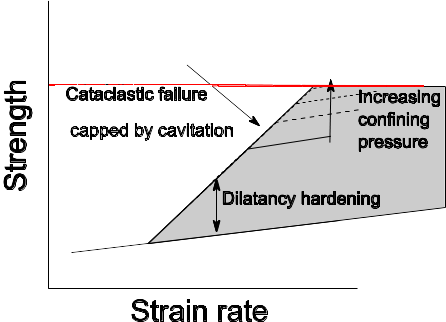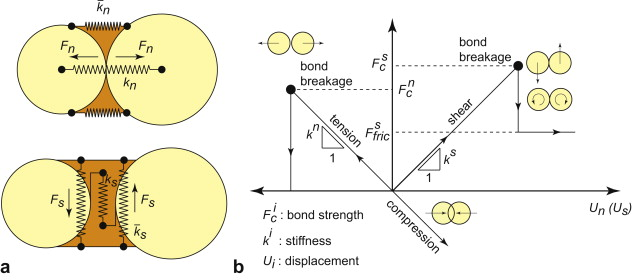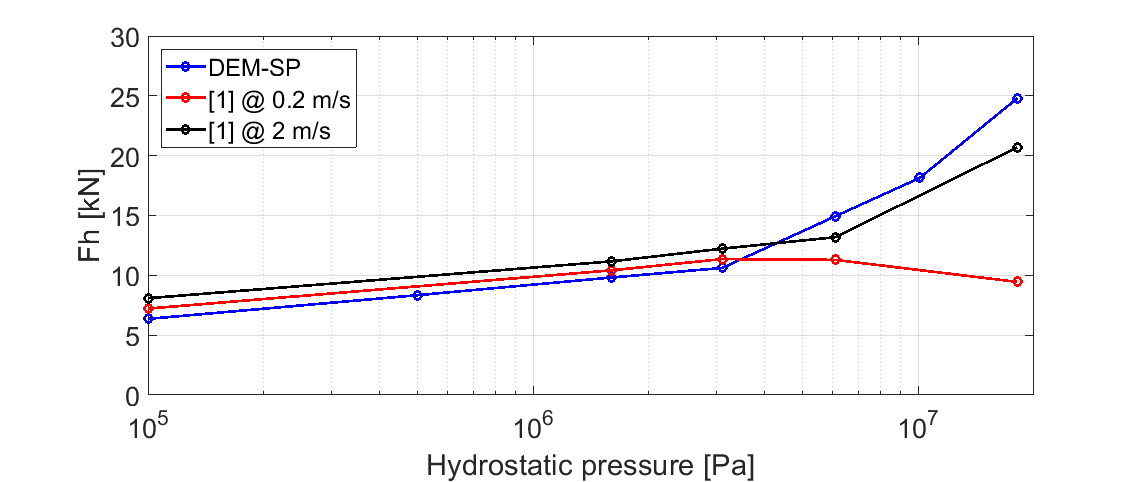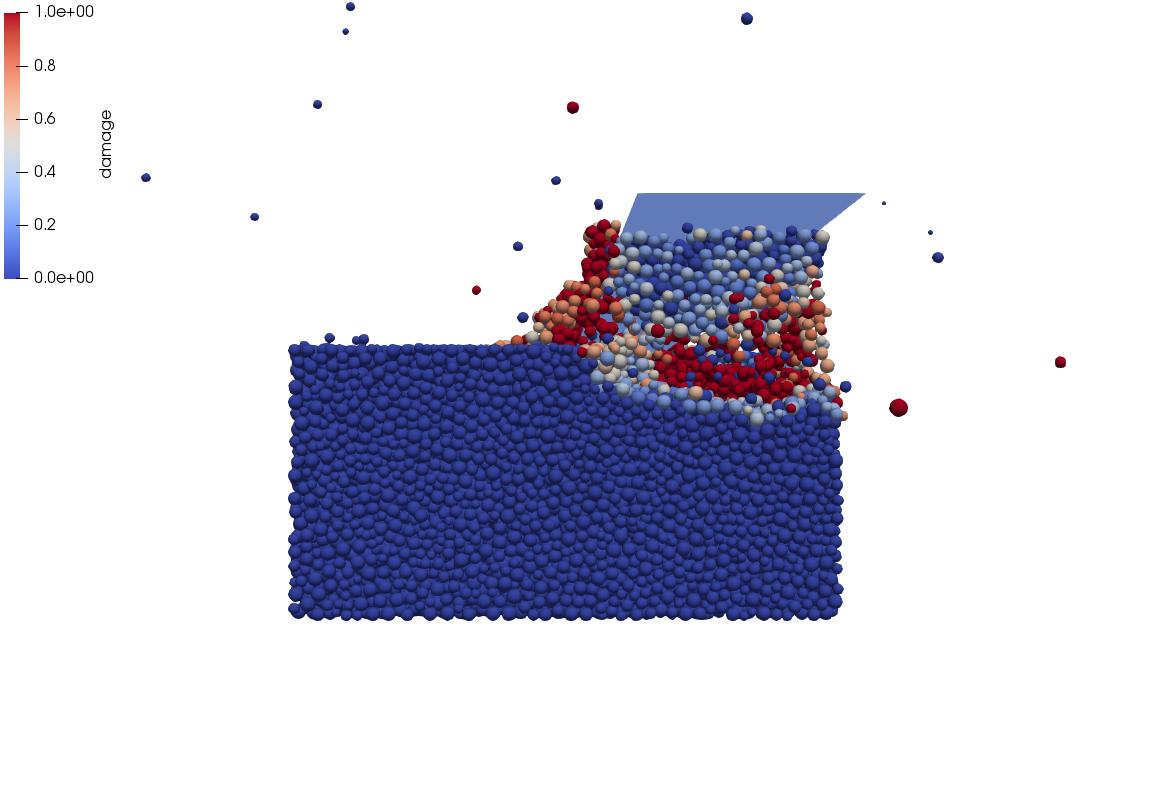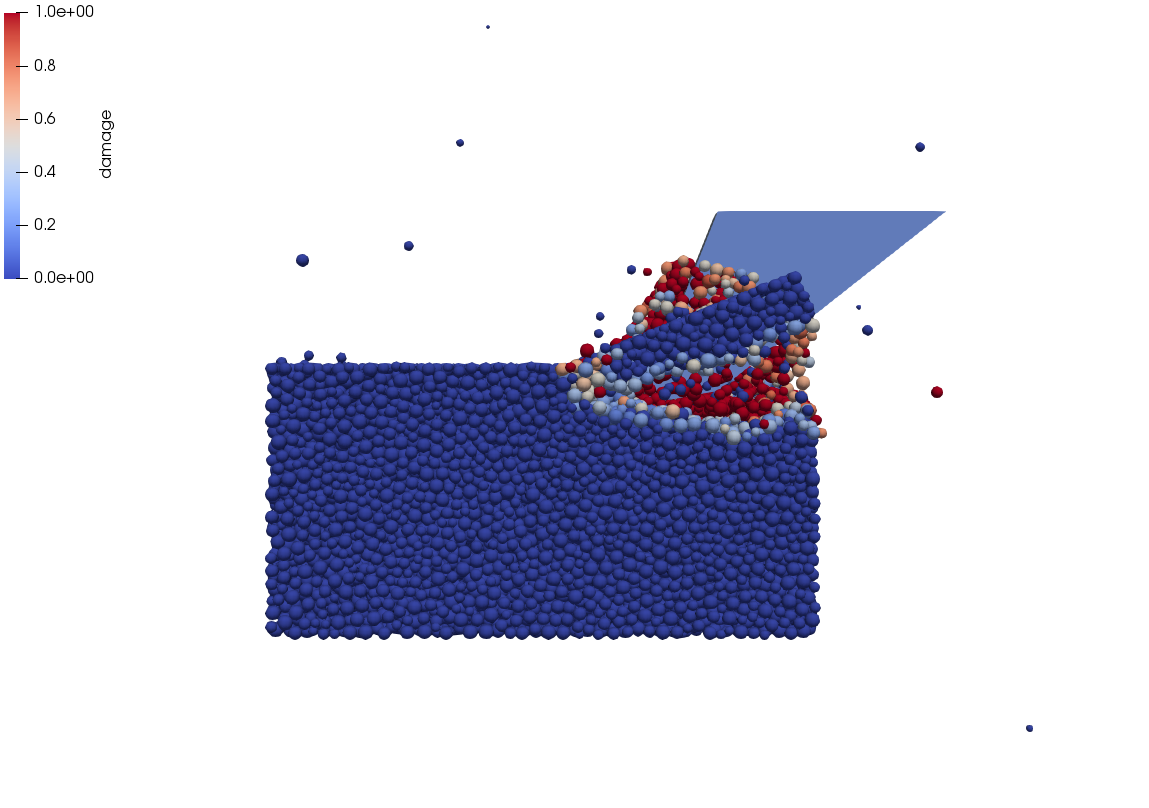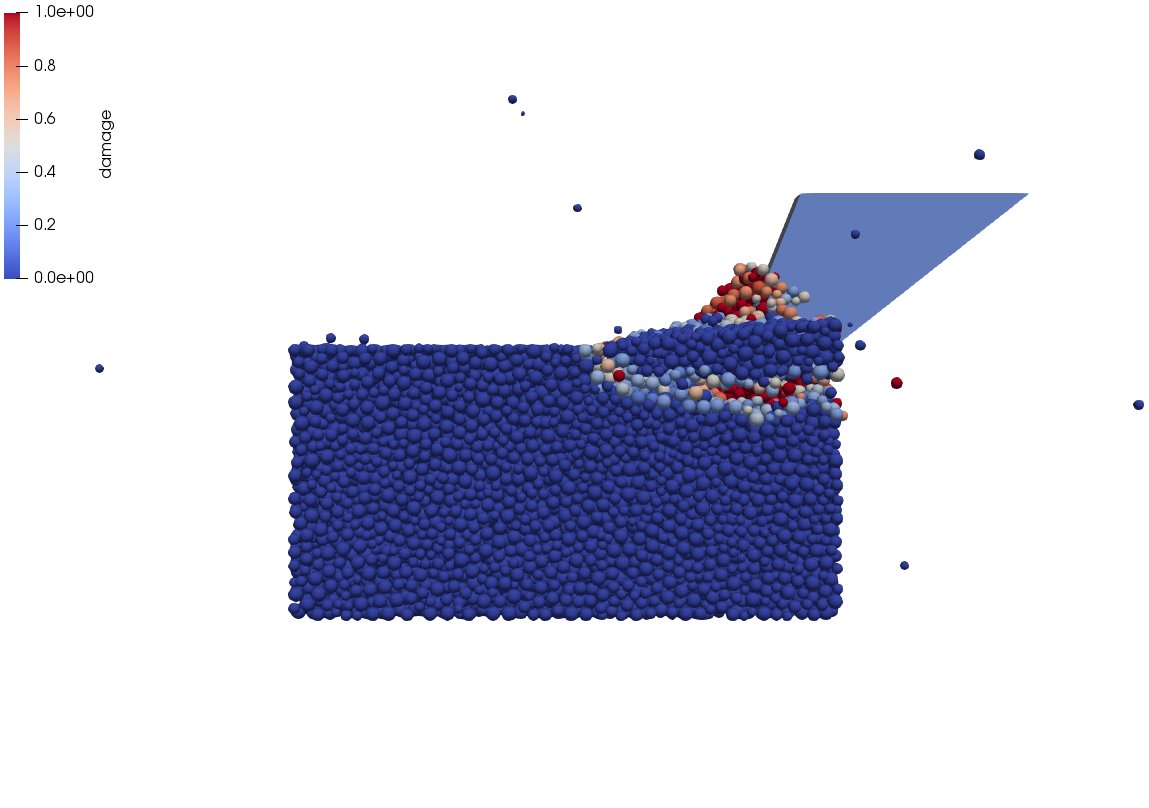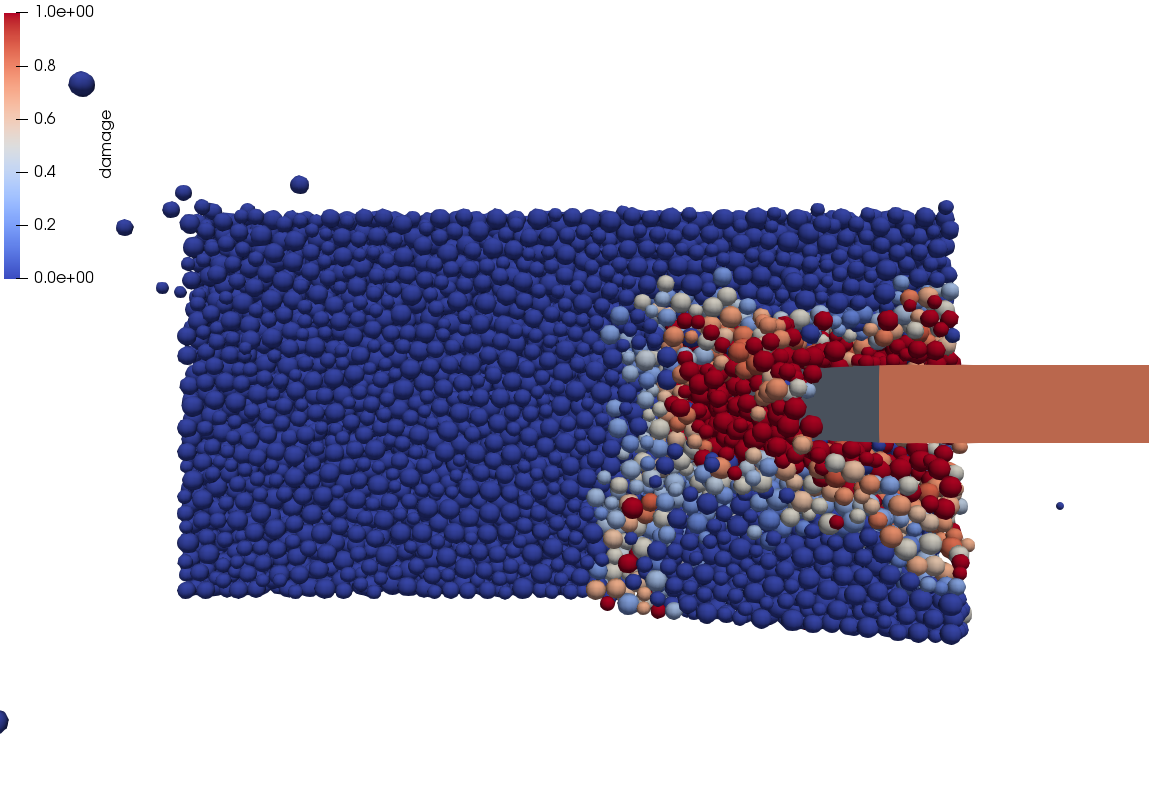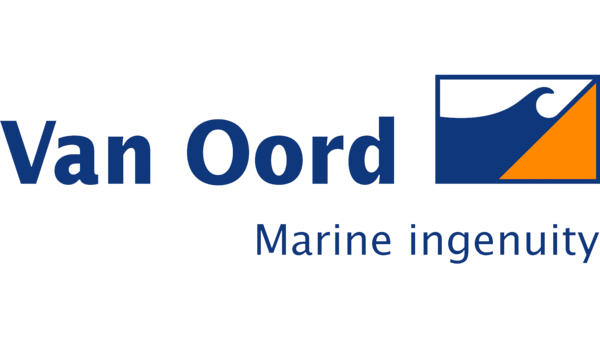Project EXHADERO 3D
A method to dynamically model the cutting of submerged rocks with evaluation of pore pressure
The knowledge about the rock cutting process is mainly based on experiments and experience. In the current situation, the best option would be to perform experiments, but this can be very expensive and time consuming. And still the detail that can be gained from experiments is rather limited. Therefore it is desirable to have an alternative to those expensive and time consuming experiments. Although experiments will always be needed to validate the developed ideas, the number of experiments needed can be greatly reduced.

R.L.J. Helmons
- +31 15 27 84746
- R.L.J.Helmons@tudelft.nl
-
34.B-2-300
Land-based vs. Marine environment
Often it is considered that the rock cutting proces in a marine environment is similar to that of land-based applications, e.g. tunneling, mining However, that is not necessarily the case. Water can affect the mechanical properties of the rock in multiple ways, the most significant related to the cutting process being:
- Rate dependency
- Hydrostatic pressure
Methodology
In rock cutting processes, all failure mechanisms can occur simultaneously, covering the whole failure envelope, ranging from cataclasis through ductile and brittle shear to tensile failure. Through these failure mechanisms, fragmentation will occur.
The combination of Discrete Element Method (DEM) and the Smoothed Particle approach (SP) can treat those phenomena automatically. The DEM is used to represent the behavior of the rock. The coupling of pore-fluid pressure and the rock is modeled as a pore pressure diffusion process, which is solved with SP.
Validation
Numerical results (2D) show good correspondence with hyperbaric rock cutting experiments [1,2]. Limestone is used as reference material. Test conditions are:
- UCS: 7.92-10.64 MPa, BTS: 0.86-1.15 MPa, E: 5.95-9.98 GPa
- Water depth: 0 m - 1,800 m
- Permeability: ~10-14 m2
- Rake angle: 68 degrees
- Cutting depth: 2 cm
- Cutting velocity: 1 m/s
Future research
The next steps will be to validate the 3D model against the experiments as well. These results will be published soon. When the methodology is validated against these experiments, EXHADERO3D can be used research topics regarding brittle-ductile transition, groove shape, tool shape, wear, etc.
Damage inflicted in rock cutting process: Blue intact, red completely disintegrated. Left to right, damage while cutting at various instances, side view and top view (last)
References
[1] Alvarez Grima, M., Miedema, S.A., van de Ketterij, R., Yenigul, N., and van Rhee, C. (2015) “Effect of high hyperbaric pressure on rock cutting process”, Engineering Geology, 196, 24-36
[2] Helmons, R.L.J., Miedema, S.A., Alvarez Grima, M. and van Rhee, C. (2016) “Modeling fluid pressure effects in cutting of saturated rock”, Engineering Geology, 250, 50-60
[3] Potyondy, D.O. and Cundall, P.A. (2004), “A bonded-particle model for rock”, International Journal of Rock Mechanics and Mining Sciences
Acknowledgements
The researchers would like to thank TKI Maritiem, TKI Deltatechnologie, Royal Boskalis
Westminster, Royal IHC, Van Oord Marine and Dredging Contractors for their support
